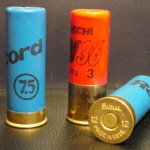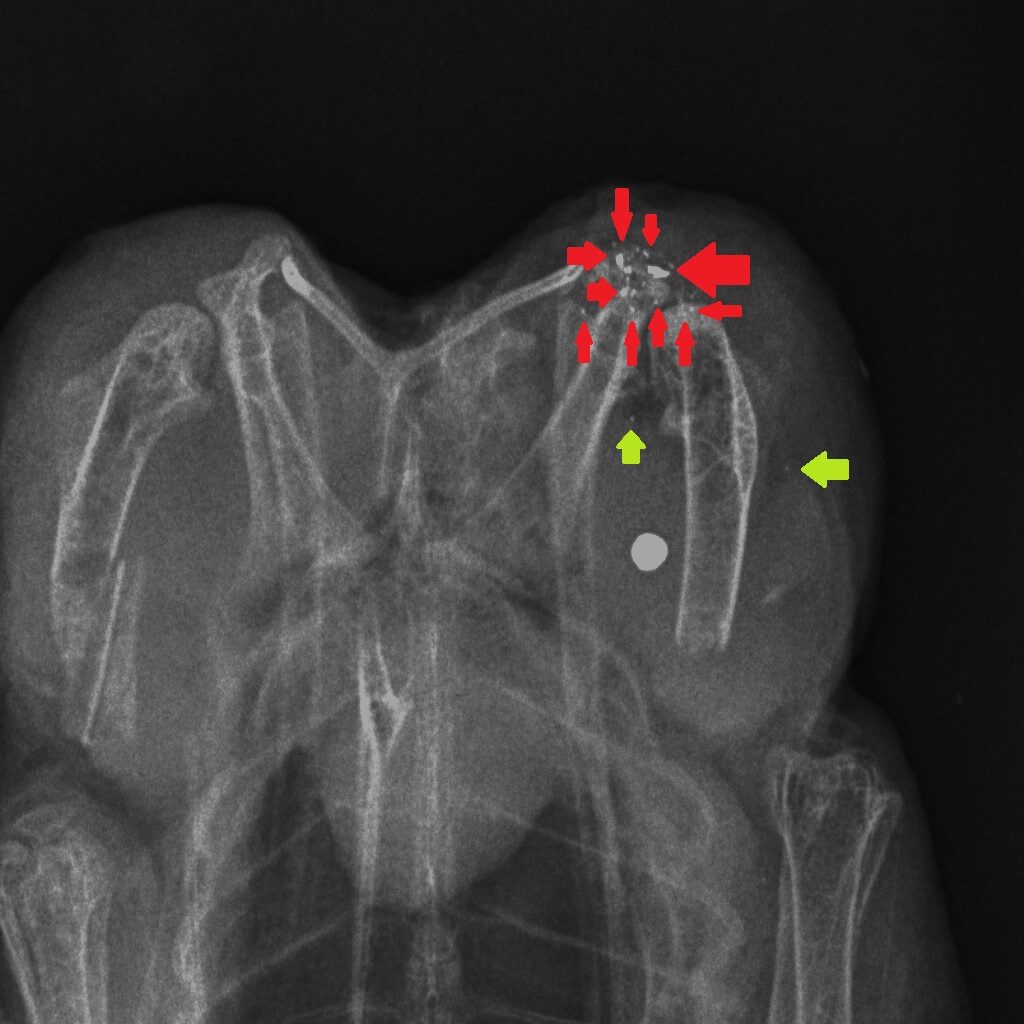Lead levels in game meat
Later this week we will publish the results of laboratory analyses of lead levels in game meat sold in Sainsbury’s supermarkets. Here we provide background to the issue, following Monday’s blog on what Sainsbury’s say about the game meat they sell.
Lead is a poison and it is harmful to wildlife and to people. There is a vast literature on this subject, much of it is technical and scattered across the scientific literature. Here are some pointers to fairly accessible accounts that you can read in order to learn more about the subject:

- The Peregrine Fund 2008 conference proceedings, Ingestion of Lead from Spent Ammunition: Implications for Wildlife and Humans, held in Boise , Idaho. Have a look at Qualitative and quantitative detection of lead bullet fragments in random venison packages donated to the Community Action Food Centers of North Dakota, 2007 (p154, it’s a short paper and Figure 2 is worth seeing), Lead bullet fragments in venison from rifle-killed deer: potential for human dietary exposure (p144, the abstract is quite clear about the issue), Hunters and anglers at risk of lead exposure in the United States (p169, again the abstract is good).
- The 2014 Oxford Lead Symposium proceedings; the Foreword by Professor Lord Krebs FRS contains the phrase ‘Lead ammunition may be traditional … but it is doubtful whether future generations would perpetuate a tradition of knowingly adding lead to food‘, the Introduction by Professor Christopher Perrins FRS says ‘Successive Governments have dragged their heels over the issue of lead ammunition, none seeing it as a serious enough concern compared with other issues with which they are dealing‘ and the paper Risks of health effects to humans in the UK from ammunition-derived lead has a very accessible abstract.
- the 2015 Final Report of the Lead Ammunition Group is a weighty and massive review of the literature. The Key Questions (and the answers to them) are a very accessible summary of the issue (p vii – ix). there is also a useful update on the same site.
The current health advice from the Food Standards Agency is blunt, saying ‘Consuming lead is harmful, health experts advise to minimise lead consumption as much as possible.’ and ‘Those who eat lead-shot game should minimise the amount they eat, especially for small game animals.’ and ‘Exposure to lead can harm the developing brain and nervous system. So cutting down the amount of lead-shot game eaten is especially important for toddlers, children, pregnant women and women trying for a baby‘. But these warnings are not visible on packaging and, as we have seen , game suppliers are tight-lipped about such dangers and most supermarkets selling game do not highlight this issue at all.
How could we reduce the risk of exposure to lead in game meat? It’s simple – stop shooting lead ammunition into animals that are destined for the human food chain. One of the useful properties of lead is that it is soft and malleable – that’s why, in the past, we have used it widely. But those same physical properties mean that lead passing through the flesh of a shot animal, hitting organs, soft tissue, bones and cartilage, shatters and tiny fragments of lead spread through the body of the animal. Here are three x-rays of shot birds that were bought in butcher’s shops and then x-rayed. The top x-ray is of a partridge and the other two are Red Grouse. Large white circular objects are lead shot. The green arrows point to fragments of bone and the red arrows indicate fragments of lead, from the shot, that have spread through the flesh.



Almost all of the fragments of lead are tiny – far too small to be detected in the cooking or eating process. Yes, you can spit out the almost-intact lead shot but you can’t get rid of the fragments. The lead analyses that have been done in studies cited above, and in our own, remove the lead shot and analyse the lead content of the meat after that removal. So when Sainsbury’s say that their game meat has no lead shot in it that’s good (although careful eating would remove those anyway) but they are not removing the tiny fragments of lead. So removing the almost intact lead shot particles is pretty irrelevant to the lead levels in the meat, as we will show you later this week…
